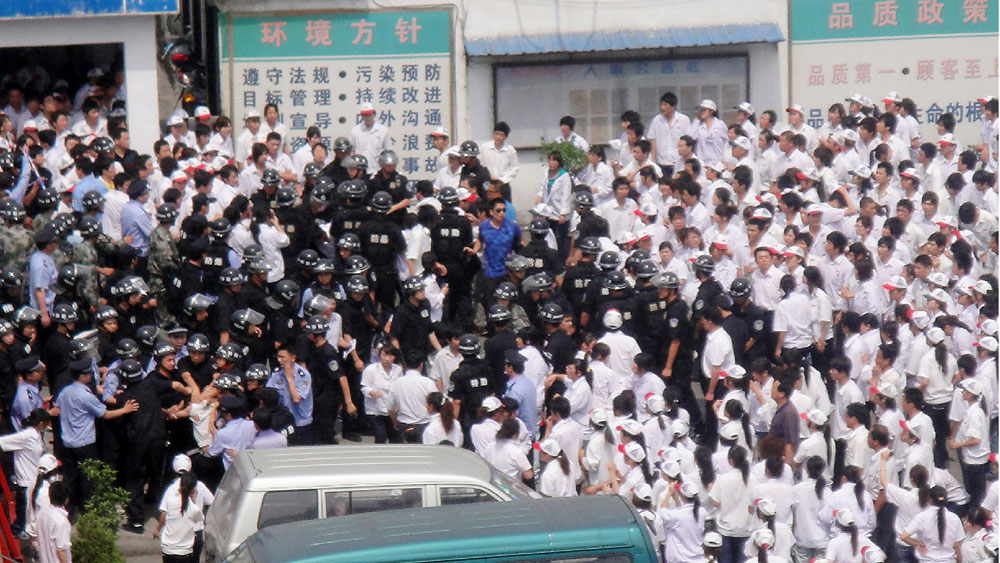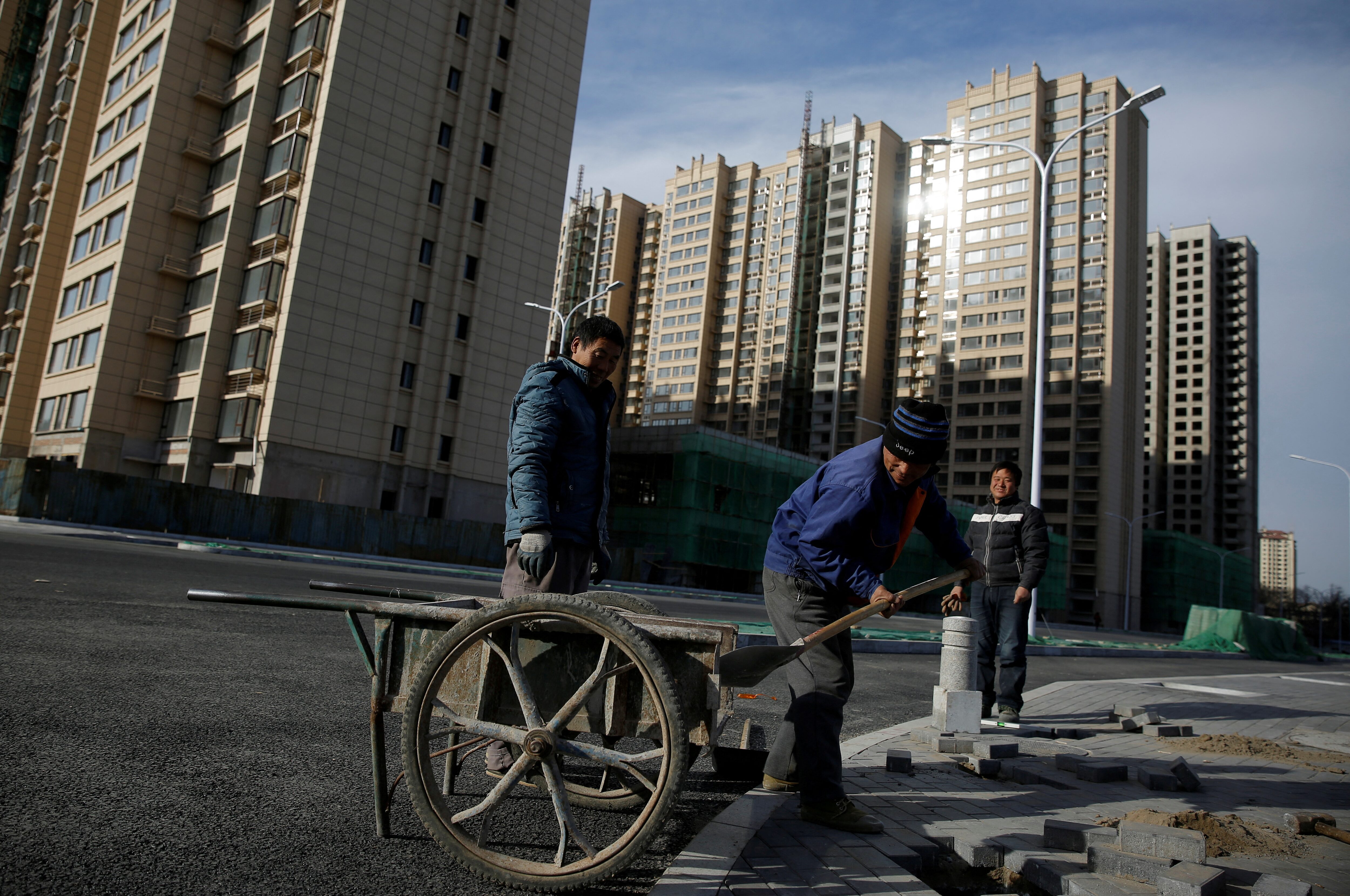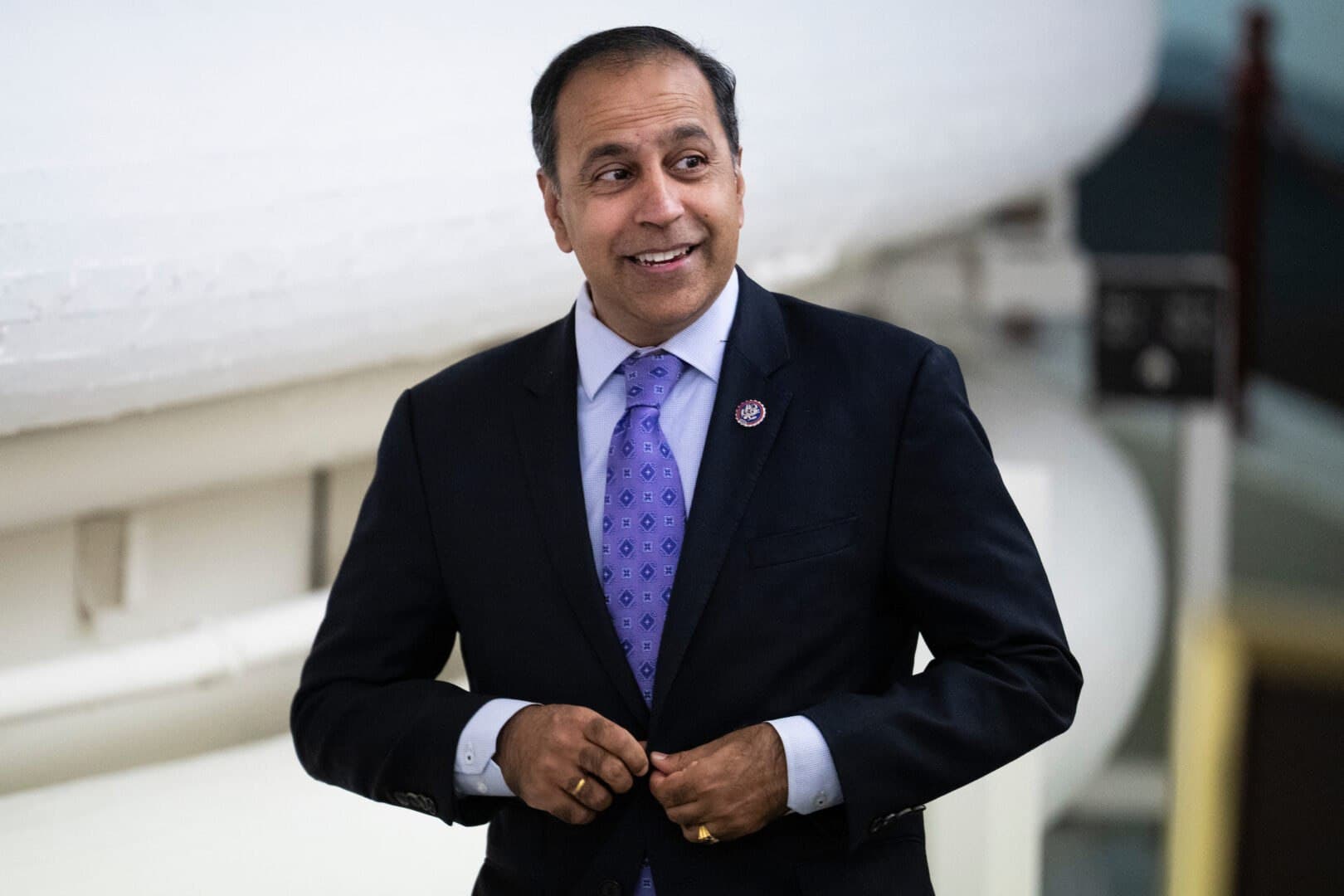When Chinese Prime Minister Li Qiang proclaimed a GDP growth target of "around 5%" for 2025, it seemed like a hopeful promise amid a backdrop of economic uncertainty, especially after the disruptive impact of tariffs announced by former President Donald Trump. However, this ambitious figure raises red flags, as it glosses over the grim realities faced by millions of workers in China—a reality that deserves critical examination.
Growth Figures Conceal Worker Struggles
China"s reported economic resilience, with exports rising and a manufacturing index climbing to 50.4 in June according to Reuters, can hardly mask the everyday struggles of its vast labor force. Despite these growth figures, many workers remain trapped in low-wage, precarious jobs that offer little security or hope for advancement. The rise in consumer spending, while a positive indicator, does not equate to meaningful improvements in living conditions for the millions working in factories across the country.
Government Policies Favor Profits Over People
As Premier Li asserts confidence in maintaining rapid growth, it"s essential to question the underlying mechanisms driving this economic agenda. The Chinese government continues to prioritize policies that benefit large corporations and wealthy elites, often at the expense of labor rights. Workers are increasingly facing demands for longer hours and lower wages, as companies scramble to meet production quotas that align with government growth targets.
Incentives That Fuel Inequality
According to reports from The Economist, local officials are incentivized to meet economic targets that often conflict with the needs of the labor force. This creates a vicious cycle where profits are prioritized over human dignity. The pursuit of a 5% growth target may lead to short-term gains, but it risks deepening the already alarming wealth inequality within the country.

Momentum Builds Behind Chinese Workers" Protests : NPR
Global Economic Implications
China"s economic strategies have far-reaching consequences beyond its borders. As the world"s second-largest economy, China"s growth—or lack thereof—can significantly impact global markets. The reliance on manufacturing and export-driven growth models raises questions about sustainability, especially as consumer habits shift and international competition increases.
Impact on Workers Worldwide
The ripple effects of China"s economic policies also affect workers worldwide. As companies seek cheaper labor to maintain profitability in the face of rising production costs, workers in developing nations may find themselves competing against a system that prioritizes low wages and poor working conditions. This exacerbates global labor exploitation and perpetuates a cycle of poverty.
Calls for Reform and Accountability
As China reports on its economic successes, there is a growing call for reform that centers on accountability and social justice. Advocates argue that genuine economic growth should not come at the cost of workers" rights and well-being. The narrative of growth must shift from mere numbers to meaningful improvements in quality of life for all citizens.
Progressive Solutions for Economic Justice
Efforts to establish minimum wage standards, enhance labor rights, and promote fair working conditions are essential steps toward creating a more equitable economy. As reported by Forbes, these reforms would not only benefit workers but could also lead to a more resilient economy, capable of weathering global challenges without sacrificing its labor force.

Why is China"s economy slowing down and could it get worse ...








![[Video] More videos of ANTIFA activities emerge in Giessen](/_next/image?url=%2Fapi%2Fimage%2Fthumbnails%2Fthumbnail-1764454862523-wtbpg5-thumbnail.jpg&w=3840&q=75)